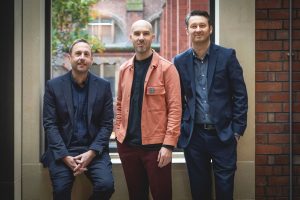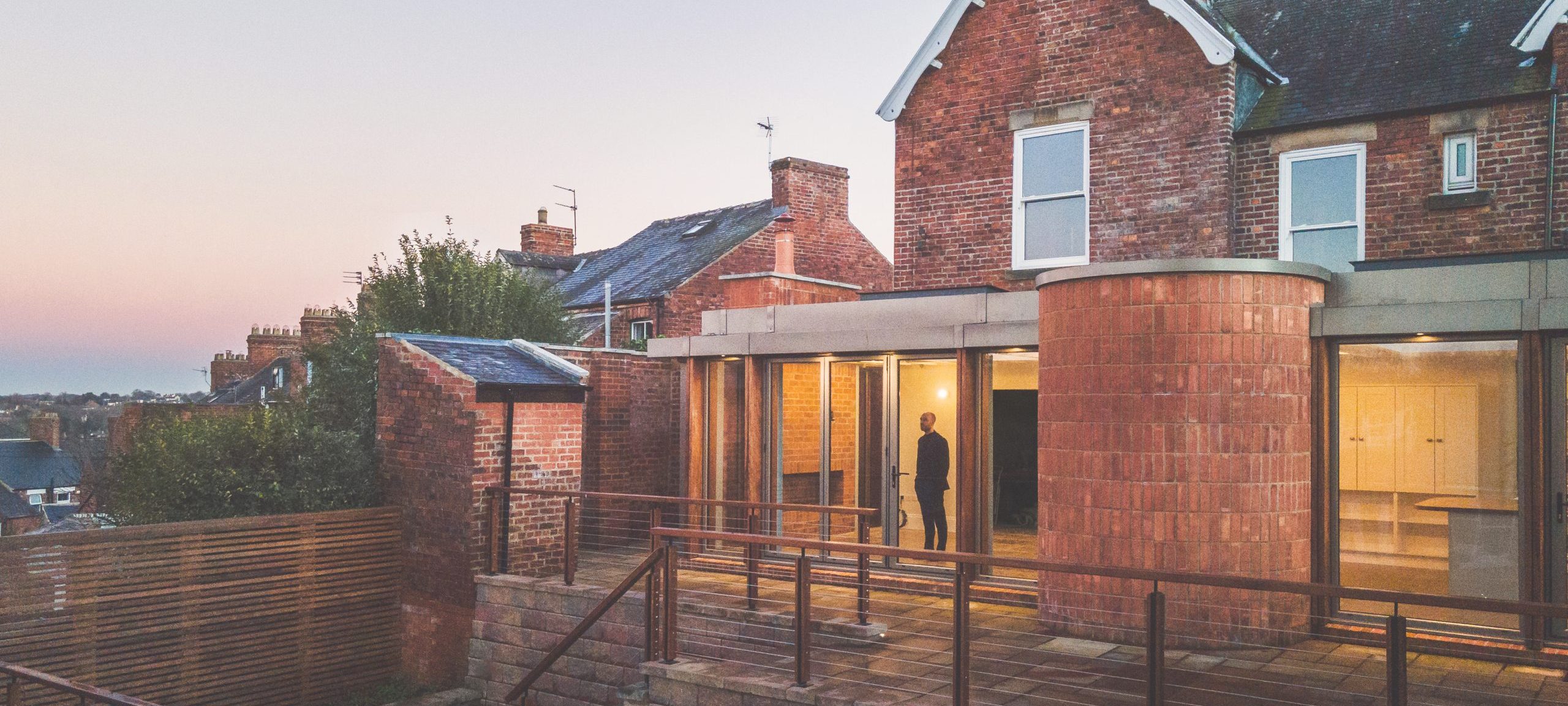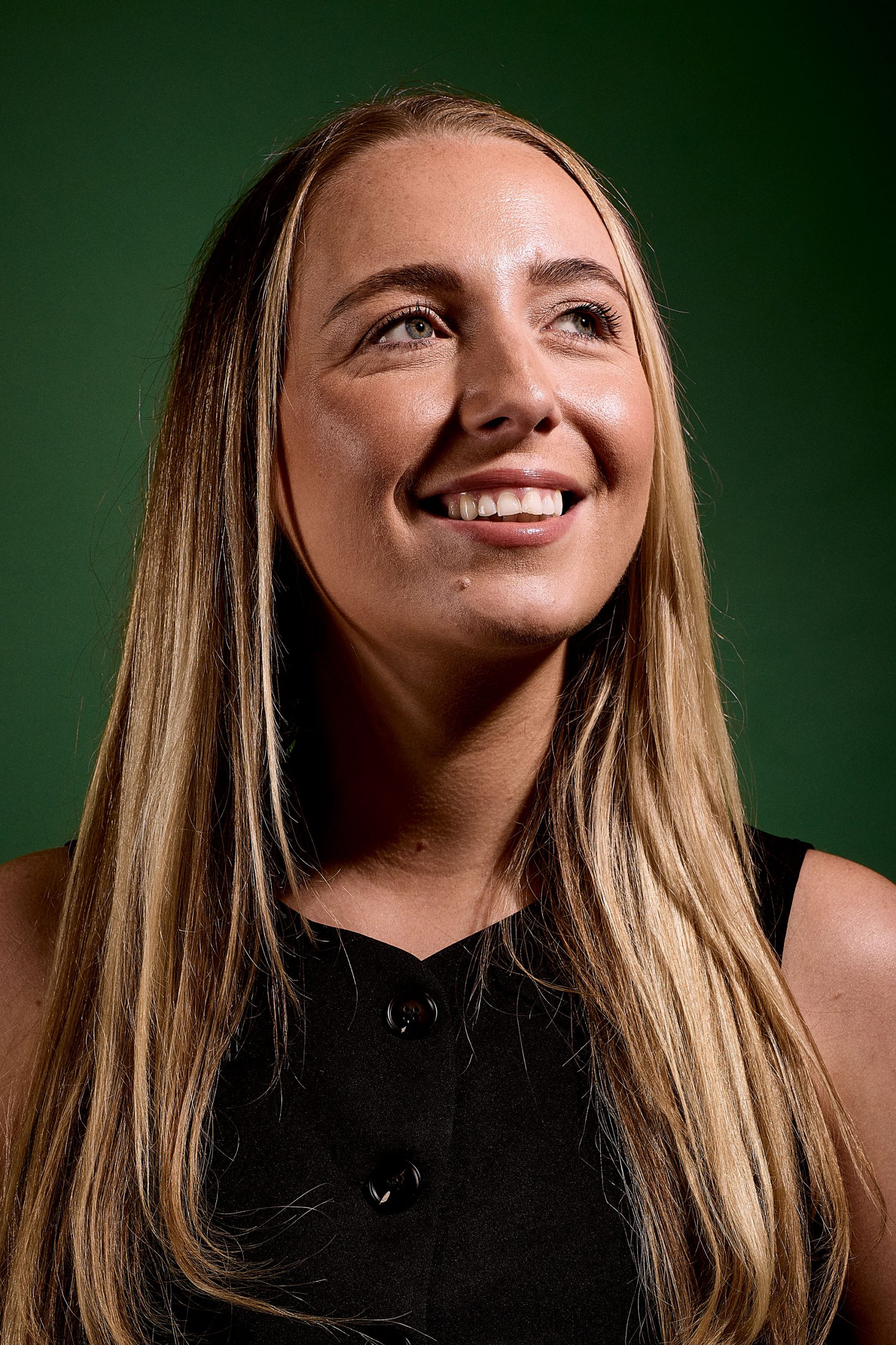For our readers who aren’t familiar, can you please introduce yourselves and briefly describe your role at Northern Bureau for Architecture?
Northern Bureau for Architecture is a small design and research-led architecture practice rooted in the North of England’s cultural, social and environmental character. Whatever the brief, we aspire to craft contemporary architecture that is poetic, enhances social well-being and is sensitive to climate.
Our staff comprises the three Directors: James Longfield (lead architect), Lee Ellison, and Andrew Skaife, who are both Architectural Technologists. We worked together at Dixon Dawson Architects for several years before striking out independently.

- Andrew Skaife, James Longfield (lead architect) and Lee Ellison.
What is the ethos of Northern Bureau for Architecture, and what do you hope your work achieves?
Our work is distinctly regional and accordingly seeks to express an identity that emerges from a close reading of the character of the North East in terms of its built fabric, social make-up and, importantly, its economic realities. We see our work very much knitted into existing contexts, and accordingly, we aim to build onto existing layers of history with contextual references to create distinctive places rich in layers of meaning in which to live, work and play.
With our varied experience, we see our team as a mix of problem solvers and dreamers, allowing us to approach a project holistically and from various angles. Out of this we take pleasure in creative problem solving, whether technical or aesthetic, to deliver imaginatively crafted and technically composed buildings and spaces.
You’re heavily involved in North East universities through lecturing and undergraduate mentoring. What role does teaching and research play in your practice?
I predominantly find working with young designers and architects to be hugely inspiring, and I am privileged to play a role in directing and nurturing some amazing talent. The work takes on a couple of expressions that link to our interest in bridging academia and practice. On the one hand, I run a year-long studio project with 3rd-year undergraduates at Newcastle University, which is very much rooted in the academic sphere with design emerging out of research questions, whilst on the other hand, we are part of the RIBA Mentoring Scheme where students visit the office to get a glimpse into the industry.
Our teaching work offers a space for reflection on design methods, the publication of research, and a more dynamic platform for exploring creativity freed in part from the constraints of industry or the understandably long timescales involved in taking a project from brief to site.
What upcoming projects are you working on at the moment?
We accept a broad range of projects, preferring to focus on pursuing a rigorous design process that combines exuberant creativity with rigorous technical detailing regardless of the building typology. This ensures we don’t get pigeonholed and allows us to approach each new project with an open mind for innovation rather than getting stuck working with generic approaches.
As a practice, we are very versatile – and quite unique – in offering bespoke design services and more technical-led packages of drawn information for Design and Build projects.
Projects currently on the drawing board include a new golf clubhouse, a stone barn conversion, a bespoke extension to an arts and crafts house, a community housing scheme, 5 executive stone new-build homes, a large industrial unit and planning for several wind turbines, amongst others.
Could you expand on the working method behind how you design?
To be design-led for us means different things depending on the project; for one, it might mean a more crafted approach with characterful details and fixtures, whereas, on another, it might entail creative spatial layouts to unlock planning approval on a tricky site for a developer. We consider design a value-added process and consider client values, which can vary from financial viability to a clear aesthetic or functional outcome.
In terms of the process, we explore projects through drawing, modelling, technical reviews and 3D imagery to help visualise and refine an object. We are acutely aware that, unlike buying a product, our clients are investing in the process, so we try to make it as accessible and open as possible.
Finally, through our links to academia and research practice, we reflect on past projects and contextualise them within a wider culture of design so that successive projects form a cyclical process of learning and action.
You took over the practice that was formerly Dixon Dawson. What has been the biggest hurdle in your entrepreneurial journey since running the business as Northern Bureau for Architecture?
A key challenge has been juggling the practicalities of running a business while managing projects, as in our prior roles, we weren’t too concerned with the former! However, it has been satisfying to see how restructuring and developing the business side of things positively impacts the projects we deliver. For example, being more proactive in pursuing staff training has increased our expertise and capacity, while securing industry accreditations – such as Constructionline Silver – has helped us establish consistent working practices that provide a robust framework for delivering projects and taking on more public sector work.
What is your go-to way to switch off?
Being outdoors – running or riding along the North East coast – always revivifies my spirits and helps bring some perspective to life – or in my less energised moments watching pointless YouTube videos.
What reading, listening or watching would you recommend?
I’m drinking up the cool of Roisin Murphy’s new album – Hit Parade!
@northernbureauforarchitecture
https://www.linkedin.com/company/northern-bureau-for-architecture/
January 5, 2024
- Build & Sustainability

